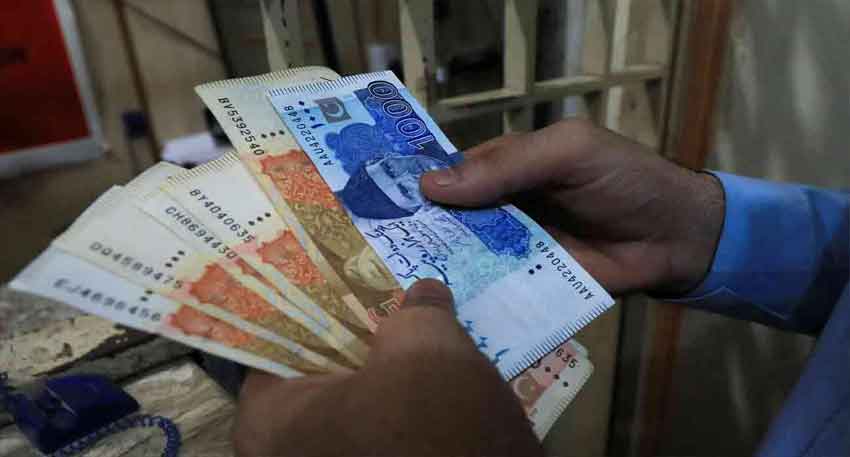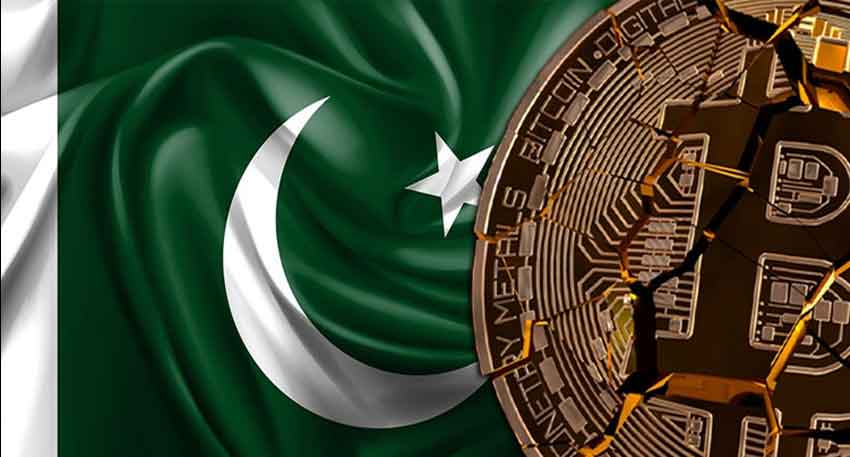
Pakistan and China a sānbian guanxi
The strategic partnership between Pakistan and China is imbedded in a deep historical connection dating back to the establishment of official diplomatic relations on May 21, 1951, with Pakistan being among the first countries to recognize the People’s Republic of China and the first Muslim nation to form official ties with Beijing (65 Years Diplomatic Relations - Embassy of Pakistan in Beijing, 2024). This relationship, every so often described as “ironclad” or an “all-weather friendship,” has consistently withstood shifts in regional and international politics due to mutual trust, reciprocal interests, and a shared commitment to sovereignty and development.
Major high points include the 1963 Sino-Pakistan boundary agreement and subsequent mutual support in international arena, with Pakistan working as a bridge for China’s entry into the United Nations Security Council and China supporting Pakistan during critical periods of regional tension and economic development (65 Years Diplomatic Relations - Embassy of Pakistan in Beijing, 2024).
Over time, the cooperation expanded from diplomatic and security domains to incorporate all-inclusive economic integration, specially as China come into sight as Pakistan’s largest trading partner and a critical investor, through the China-Pakistan Economic Corridor (CPEC) initiated in 2013.
The China-Pakistan Economic Corridor (CPEC)
From Pakistan’s vantage point, CPEC is both the centrepiece of bilateral cooperation and the cornerstone of Islamabad’s broader economic transformation strategy. As a flagship project of China’s Belt and Road Initiative (BRI), CPEC involves over $62 billion in Chinese investment and focuses on building energy projects, transport infrastructure, industrial zones, and the development of Gwadar Port, which has the potential to pointedly develop Pakistan’s regional and global connectivity. The project has strengthened Pakistan’s economic growth, alleviated chronic energy shortages, and generated new jobs, with the Special Economic Zones designed to drive industrialization and export competitiveness. The strategic location of CPEC allows Pakistan to act as a vital transit hub, connecting China to the Arabian Sea and broader Middle East.
The economic partnership is armour-plated by strong trade relations by 2024, bilateral trade volume had grown to $23.06 billion, and Pakistani exports to China nearly quintupled over 17 years, reflecting the efficacy of China-Pakistan Free Trade Agreements and concerted government efforts to expand market access and investment flows. Recent high-level visits and joint statements have consistently contained fast-tracking investment in Pakistan fastening supply chain and technological innovation, all while bring into line Islamic Republic of Pakistan as a preferred destination for Chinese investment in sectors such as manufacturing, textiles, ICT, and agriculture. The $62 billion CPEC project connecting China’s Xinjiang province to Pakistan’s Gwadar port plays a pivotal role in regional trade and connectivity.
Geostrategic and Historical Peacekeeping with Afghanistan
The Afghanistan and Pakistan dyad occupies a key position in the architecture of South and Central Asian geopolitics, the connexion is complicatedly moulded by over seven decades of fluctuating propinquity, contention, and of late multilateral mediation, conspicuously through China’s regional activism. Factually, Pakistan and Afghanistan diplomatic ties has oscillated between fraternal collaboration, as personified by shared Pashtun heritage across the Durand Line, and critical suspicion ingrained in contested borders and divergent security patterns. These multipart subtleties position Pakistan as a significant stakeholder in Afghanistan’s quest for economic stability, regional integration, and international aptness, whilst concomitantly interpreting Afghanistan’s diplomatic tone a determinant of bilateral progress or reversion.
Afghanistan’s importance in Pakistan is principally based on security, economics, civilizational identity, and regional influence. The two states share a 2,600-kilometer border and almost fifty million Pashtuns whose interconnectedness rise above populace, conveying a civilizational permanency that pre-dates colonial demarcation. This demographic continuum brings forth considerate socio-cultural interdependence, with customs, languages, and familial bonds nurturing an organic buffer against the distillation of purely statist interests. The porous border, while a vector for connectivity, has also aided as a conduit for volatility.
From a security standpoint, the adamant threat of cross-border militancy by Tehreek-e-Taliban operations from Afghan soil, remains a pragmatic concern for Pakistan. Thus, Afghanistan’s conduct rooted in responsible diplomacy or, contrariwise, resentment is of immaterial consequence for Pakistan’s strategic integrity and its broader regional position.
Pakistan Securing the Corridor in Sino-Afghan Relations
Recent years have observed a substantial rise of trilateral engagement between Pakistan, China, and Afghanistan, set against the backdrop of sweeping regional changes, including the return of the Taliban to power in Afghanistan and shifting great-power competition in Asia. Pakistan has played a pivotal role as both a facilitator and a beneficiary of trilateral cooperation, advocating regional stability, economic connectivity, and security coordination. In May 2025, a landmark informal trilateral meeting in Beijing resulted in renewed commitments to deepen diplomatic and economic ties, extend CPEC into Afghanistan, and correspond security efforts against terrorism. Such cooperation is associated with Pakistan’s perspective that peace and prosperity in Afghanistan directly impact its own security and economic interests both by stabilizing its borders and by opening new avenues for trade and transit with Central Asia. The extension of CPEC into Afghanistan is especially significant from Pakistan’s standpoint, as it promises to enhance regional integration, facilitate infrastructure development, and position Pakistan as an essential conduit for westward trade from China.
Such economic interdependence is viewed not only as transactional but as a foundational element for long-term peace and mutual growth.
Security and Counterterrorism: A Shared Resolve
Pakistan identifies terrorism, cross-border militancy, and the instability emanating from Afghanistan as a peril, specifically given Beijing’s concern about groups such as the East Turkestan Islamic Movement (ETIM) operating in the region (2024). The trilateral apparatuses have eased intelligence sharing and coordinated law enforcement efforts to address security risks that surpass borders (Wang Yi on the Outcomes of the Trilateral Meeting of Foreign, 2025).
China’s unequivocal support for Pakistan’s sovereignty and the recognition of its security challenges, including its call for intensified counterterrorism cooperation and practical measures such as the establishment of joint security instruments, are highly valued by Islamabad. This formation is seen as an acclamation of Pakistan’s role as the frontline state in combating regional militancy, strengthening its position as China’s reliable partner for implementing BRI ambitions in South and Central Asia.
The May 2025 informal foreign ministers’ meeting in Beijing confirm a commitment to rebuild Pakistan-Afghanistan diplomatic ties, which had suffered setbacks due to border tensions and indictments of militant sanctuaries. Both countries have now agreed “in principle” to exchange ambassadors and to resume full diplomatic engagement a move facilitated and warmly welcomed by China. This signal Pakistan’s efficacious diplomatic stance and its ability to shape regional partnership ad strategic alliance through multilateral dialogue.
Furthermore, Pakistan formed a consensus reached with China and Afghanistan to prioritize counterterrorism, deepen joint security operations, and collectively resist external interference, which aligns with Islamabad’s longstanding concerns about cross-border attacks and foreign-backed militancy. There is a mutual inclination to advance practical economic cooperation, support the reconstruction and development of Afghanistan, and strengthen “Belt and Road” networks demonstrating Pakistan’s central role in building a more integrated and stable South and Central Asia.
While the progress is notable, Pakistan recognizes several complex challenges, such as the persistent threat of terrorism, Baloch separatist violence targeting Chinese and CPEC assets, and the task of balancing its strategic autonomy with deepening reliance on Chinese investment and security guarantees.
Nonetheless, Islamabad maintains that greater integration with China and Afghanistan through infrastructure, trade, and joint security offering viable policy for addressing these obstacles. The continuity of high-level diplomatic contact, mutual assurances of support reassure Pakistan that its interests are safeguarded within the broader regional diplomatic agreements.
The recent joint statements and agreements not only ratify Pakistan’s avowal of being an de rigueur “pivot” in China’s regional policy of peace and connectivity in South Asia.


